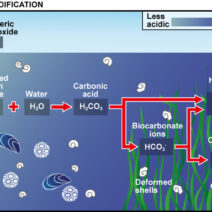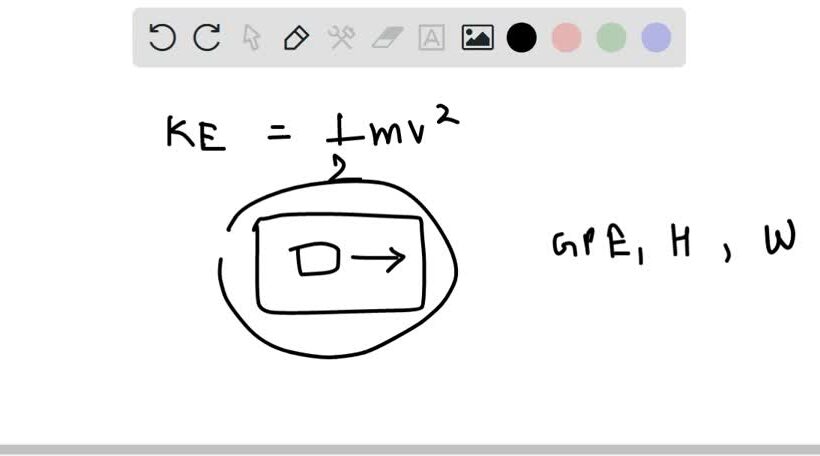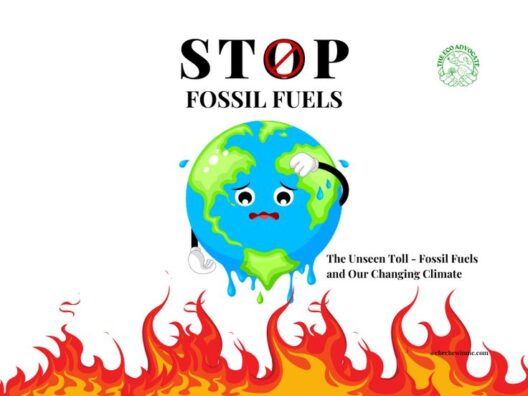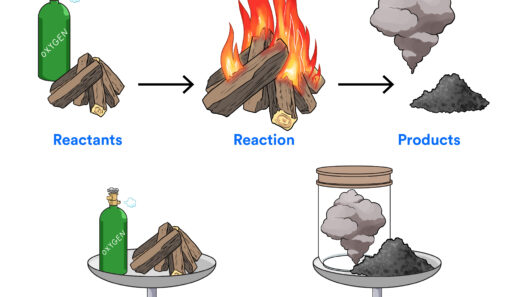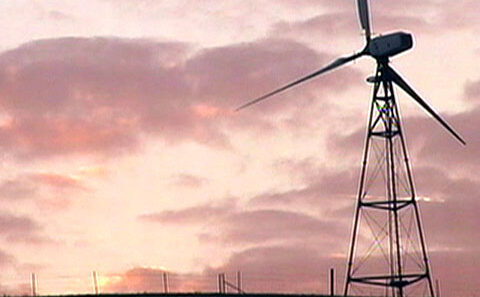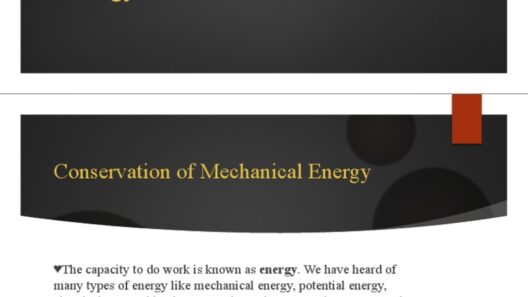Energy conversion and conservation are essential concepts in understanding how complex systems function, especially in the context of addressing environmental challenges. As we navigate through our modern landscape, grappling with climate change and resource depletion, the efficiencies achieved through intelligent energy management become paramount. This discourse will elaborate on various methodologies for energy conversion and conservation in complex systems, highlighting innovative strategies across multiple domains.
The first significant aspect of energy conversion lies in the different forms energy can assume: mechanical, thermal, electrical, chemical, and nuclear. Each form present distinct characteristics and potentials for conversion. For instance, mechanical energy can be transformed into electrical energy through devices like generators. In contrast, chemical energy, as seen in batteries and other energy storage systems, can be converted into electrical energy and used to power myriad devices. Understanding these conversions is pivotal when evaluating energy efficiency in complex systems.
Moreover, energy conservation is not simply the reduction of energy consumption but seeks to optimize the use of energy that is consumed. This involves minimizing energy waste, improving system efficiency, and fostering sustainable practices. One prevalent technique is the adoption of high-efficiency technologies—these tools and systems consume less energy while delivering the same output. Energy-efficient appliances, advanced manufacturing processes, and smart home technologies are several examples of innovations designed to conserve energy.
In industrial settings, energy management systems play a crucial role. These systems integrate sophisticated software that monitors and controls energy use across a facility. By employing data analytics and real-time monitoring, industries can identify inefficiencies and rectify them promptly, thus reducing operational costs while contributing to environmental protection. This paradigm supports the integration of renewable energy sources, such as solar and wind, into existing infrastructures, symbolizing a shift toward more sustainable practices.
Renewable energy sources have garnered attention not merely for their ability to produce energy but for their capacity to create an energy-conserving ecosystem. Solar panels, for instance, harness solar energy—a renewable resource—and convert it into usable electricity. This energy conversion minimizes reliance on fossil fuels, which contribute to greenhouse gas emissions. Moreover, advancements in battery storage technology enable excess solar energy to be stored for later use, further enhancing energy conservation. Wind energy, another renewable source, operates on a similar principle, transforming kinetic energy from wind into electric power. Innovations in wind turbine technology have made this method both viable and efficient.
Energy efficiency is further enhanced through the concept of cogeneration, where both electricity and useful heat are produced simultaneously from the same energy source. This technique maximizes energy use, creating a scenario where waste is significantly diminished. Cogeneration systems can be employed in various scenarios, including industrial plants and district heating systems, showcasing the versatility of energy conservation techniques.
In the transportation sector, alternative energy vehicles (AEVs) have emerged as pivotal players in energy conservation. Electrically powered vehicles utilize electric motors and batteries, significantly reducing reliance on fossil fuels and minimizing emissions. Hybrid and plug-in hybrid vehicles further illustrate the integration of energy conservation technologies, merging conventional engines with electric propulsion systems to enhance fuel efficiency. The transition to AEVs can drastically lower overall energy consumption in the transportation industry, fostering a shift towards more sustainable urban development.
Furthermore, the role of smart grids cannot be overlooked in the discussion of energy conservation. Smart grids utilize digital technology to enhance the reliability and efficiency of electricity production and distribution. By employing sensors, smart meters, and automated systems, they facilitate real-time data exchange between utilities and consumers. This capability allows for demand-response strategies, where energy usage can be balanced against supply dynamically. Consumers can adjust their usage based on variable pricing, which not only conserves energy but also helps stabilize the overall grid.
Behavioral changes in energy consumption habits can also lead to significant energy conservation. Increasing public awareness about energy-efficient practices is essential. Initiatives focusing on education regarding energy use can modify consumer behavior, encouraging individuals and organizations to adopt more sustainable practices. Simple changes, such as turning off lights, using energy-efficient bulbs, and improving insulation in buildings, can cumulatively lead to considerable conservation of energy.
Another crucial factor in energy conservation is the principle of the circular economy. This model promotes the re-use and recycling of materials to extend their lifecycle. In terms of energy consumption, it advocates for reducing waste, thus conserving energy otherwise expended in production. By employing sustainable design principles, manufacturers can create products with longer lifespans and consider end-of-life recyclability from the outset. This holistic approach not only enhances energy efficiency but also improves resource conservation.
In summation, the conversion and conservation of energy in complex systems necessitates a multifaceted approach integrating technology, policy, and individual behavior. Transitioning to renewable energy sources, enhancing energy efficiency through innovative technologies, and promoting behavioral changes are all paramount in fostering a sustainable future. Understanding the interconnectedness of these elements will equip society to tackle the pressing energy challenges of today, paving a path toward a more sustainable tomorrow.

